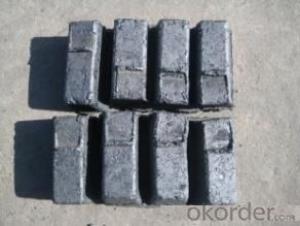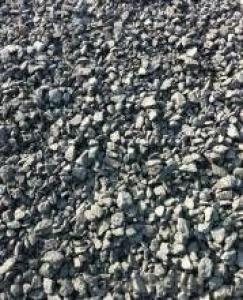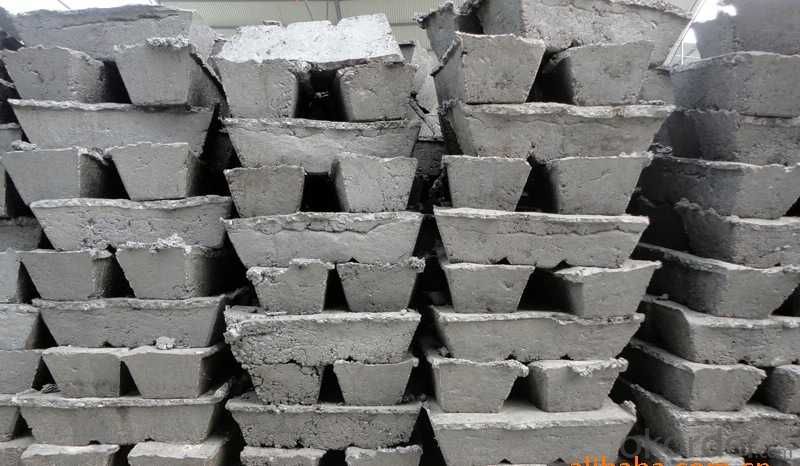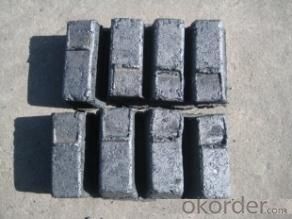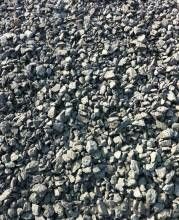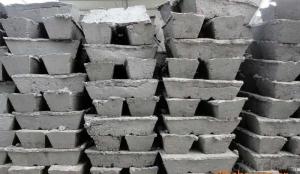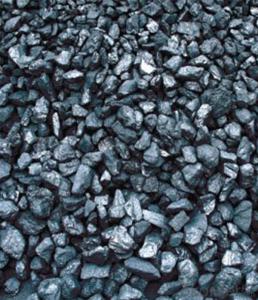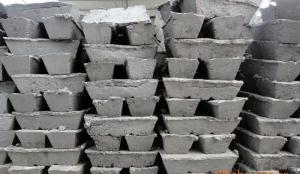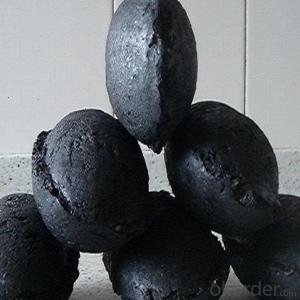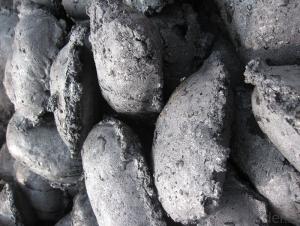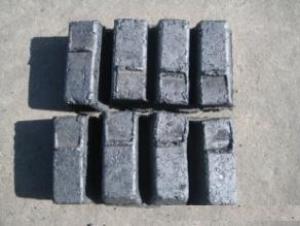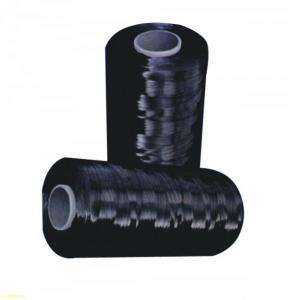Carbon Electrode Paste With Ash 4%-7% And High Quality
- Loading Port:
- Lianyungang
- Payment Terms:
- TT or LC
- Min Order Qty:
- 20 m.t.
- Supply Capability:
- 800 m.t./month
OKorder Service Pledge
OKorder Financial Service
You Might Also Like
Product Description
Carbon Electrode Paste is a self-baking electrode used in submerged arc furnaces for delivering power to the charge mix. Electrode Paste is added to the top of the electrode column in either cylindrical or briquette form. As the paste moves down the electrode column the temperature increase causes the paste to melt and subsequently bake forming a block of electrically conductive carbon. Electrode Paste is essentially a mix of Electrically Calcined Anthracite (ECA) or Calcined Petroleum Coke (CPC) with Coal Tar Pitch.
Carbon Electrode Paste Specification:
| PARAMETER UNIT GUARANTEE VALUE | ||||||
| Ash.( % ) | 4.0 max | 5.0 max | 6.0 max | 7.0 max | 9.0 max | 11.0 max |
| V.M (%) | 12.0-15.5 | 12.0-15.5 | 12.0-15.5 | 9.5-13.5 | 11.5-15.5 | 11.5-15.5 |
| Compress Strength. | 18.0 min | 17.0 min | 15.7 min | 19.6 min | 19.6 min | 19.6 min |
| Specific Resistance | 65 max | 68 max | 75 max | 80 max | 90 max | 90 max |
| Bulk Density | 1.38 min | 1.38 min | 1.38 min | 1.38 min | 1.38 min | 1.38 min |
Package: The cargo is package in jumbo bag or to be discussed with the buyer and as buyer's request.
Picture:
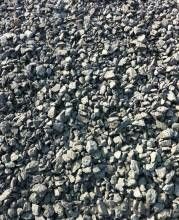
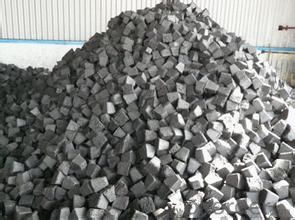
- Q: What is the role of carbon in the formation of fossil fuels?
- The role of carbon in the formation of fossil fuels is crucial. Fossil fuels, such as coal, oil, and natural gas, are formed from the remains of ancient plants and organisms that lived millions of years ago. These organisms were primarily made up of carbon-based compounds. Over time, the organic matter accumulated and was buried under layers of sediment, subjected to intense heat and pressure. This process, known as carbonization, caused the carbon within the organic matter to undergo chemical changes, transforming it into fossil fuels. Therefore, carbon is the key element involved in the formation of fossil fuels.
- Q: What are the health effects of carbon monoxide poisoning?
- Carbon monoxide (CO) poisoning can have severe health effects. When inhaled, carbon monoxide displaces oxygen in the bloodstream, leading to oxygen deprivation in vital organs. Symptoms range from mild, such as headaches and dizziness, to more severe, including confusion, loss of consciousness, and even death. Prolonged exposure to high levels of carbon monoxide can result in long-term neurological damage or cardiac complications. Therefore, it is crucial to have carbon monoxide detectors in homes and ensure proper ventilation to prevent poisoning.
- Q: What are the advantages of carbon-based batteries?
- There are several advantages of carbon-based batteries that make them a popular choice in various applications. Firstly, carbon-based batteries, such as alkaline batteries, have a longer shelf life compared to other types of batteries. This means that they can retain their charge for extended periods of time, making them ideal for devices that are used infrequently or in emergency situations. Secondly, carbon-based batteries offer a higher energy density, meaning that they can store more energy in a smaller package. This makes them more compact and lightweight, which is advantageous for portable electronic devices like smartphones, laptops, and cameras. Furthermore, carbon-based batteries typically have a lower self-discharge rate, meaning they lose less charge over time when not in use. This allows them to maintain their power for longer periods without requiring frequent recharging or replacement. Carbon-based batteries also tend to have a higher discharge rate, meaning they can deliver power more quickly when needed. This is beneficial for devices that require a sudden burst of energy or for high-drain applications like digital cameras or power tools. Moreover, carbon-based batteries are generally more cost-effective compared to other types of batteries. They are widely available, inexpensive to produce, and can be easily recycled, reducing environmental impact. In conclusion, the advantages of carbon-based batteries include a longer shelf life, higher energy density, lower self-discharge rate, higher discharge rate, cost-effectiveness, and environmental friendliness. These features make them a reliable and efficient choice for a wide range of electronic devices and applications.
- Q: How is carbon used in the production of fuel cells?
- Fuel cells utilize carbon in various ways during their production. The construction of electrodes is one of the primary applications of carbon in fuel cells. These electrodes, which consist of an anode and a cathode, are commonly made from carbon-based materials like graphite or carbon paper. These materials enable the electrochemical reactions within the fuel cell to occur by offering a conductive surface. Furthermore, carbon serves as a catalyst in fuel cells. Catalysts are substances that accelerate chemical reactions without being consumed in the process. Carbon-based catalysts, such as platinum or palladium, are frequently employed in fuel cells to facilitate the reactions that generate electricity. These catalysts enhance the efficiency of fuel-to-electricity conversion. Moreover, carbon is employed in the form of carbon nanotubes during fuel cell production. Carbon nanotubes exhibit unique properties such as high surface area and exceptional electrical conductivity, making them ideal for enhancing fuel cell performance. By providing a larger surface area for reactions to occur on, carbon nanotubes can improve the efficiency of fuel cell reactions. In summary, carbon plays a vital role in fuel cell production by providing the necessary materials for electrode construction, acting as catalysts for electrochemical reactions, and enhancing fuel cell performance through the utilization of carbon nanotubes.
- Q: Often see the so-called 30T, 46T, 60T carbon fiber, 60T carbon fiber, equivalent to T hundreds of carbon fibers, is T800, or T1000? I'm not very good at parameter conversion. Is there a parameter list? How do I correspond to the T300T700T800 performance parameter table?
- Three, T300, T700, T800, T1000 intensity were 3530MPa, 4900MPa, 5880MPa, 6370MPa;The intensities of M46 and M60 were 4020MPa and 3820MPa respectively.
- Q: What are the consequences of increased carbon emissions on human health?
- Increased carbon emissions have numerous consequences on human health. Firstly, carbon emissions contribute to the formation of air pollution, specifically fine particulate matter (PM2.5) and ground-level ozone, which can lead to respiratory issues such as asthma, bronchitis, and other respiratory diseases. Additionally, exposure to air pollution from carbon emissions has been linked to an increased risk of cardiovascular diseases, including heart attacks and strokes. Moreover, carbon emissions contribute to climate change, resulting in more frequent and intense heatwaves, extreme weather events, and the spread of infectious diseases. These phenomena can have direct and indirect impacts on human health, leading to heat-related illnesses, injuries, mental health issues, and the displacement of communities. Overall, the consequences of increased carbon emissions on human health are significant and require urgent action to mitigate their effects.
- Q: Stability, primary carbon, two carbon, three carbon, four carbon
- In hydrocarbon molecules, with 3 hydrogen atoms of carbon atoms is called the first carbon atom (also called a carbon atom or primary carbon atom); with 2 hydrogen atoms of the carbon atoms is called second carbon atom (also called the two carbon atoms or secondary carbon atoms); with 1 hydrogen atoms of the carbon atoms is called third carbon atoms (also called the three carbon atom or tertiary carbon atoms)
- Q: What are the different methods of measuring carbon dioxide levels in the atmosphere?
- There exist various techniques for assessing carbon dioxide levels in the atmosphere. These techniques encompass direct measurement, remote sensing, and ice core analysis. Direct measurement stands as the most precise and extensively employed approach. It encompasses collecting air samples from numerous locations worldwide and analyzing them using gas analyzers. These analyzers possess the capability to gauge the concentration of carbon dioxide in the air, typically expressed in parts per million (ppm). Remote sensing represents an alternative method for measuring carbon dioxide levels. It involves the utilization of satellite-based instruments to observe and quantify the quantity of carbon dioxide present in the Earth's atmosphere. These instruments can detect the absorption and scattering of sunlight caused by carbon dioxide molecules, thereby rendering valuable data concerning its concentration. Ice core analysis constitutes a historical technique for assessing carbon dioxide levels. Scientists delve deep into polar ice sheets and procure ice cores. These ice cores harbor trapped air bubbles from hundreds or even thousands of years ago. By analyzing the carbon dioxide content within these bubbles, scientists can recreate past atmospheric carbon dioxide levels and juxtapose them with contemporary levels. Each of these methods possesses its own merits and limitations. Direct measurement furnishes real-time data and precise measurements, albeit necessitating an extensive network of monitoring stations worldwide. Remote sensing offers a global perspective and the ability to cover large areas, yet it may struggle to resolve fine-scale spatial variations. Ice core analysis delivers valuable long-term historical data, but its applicability is confined to specific regions and solely permits indirect measurements. The amalgamation of these techniques empowers scientists to obtain a comprehensive comprehension of carbon dioxide levels in the atmosphere, aiding in the monitoring and evaluation of the impact of human activities on climate change.
- Q: How is carbon used in the production of nanotubes?
- Carbon is extensively used in the production of nanotubes due to its unique properties and ability to form strong covalent bonds. Nanotubes are cylindrical structures made entirely of carbon atoms arranged in a hexagonal lattice. There are two primary methods for producing nanotubes: arc discharge and chemical vapor deposition (CVD). In the arc discharge method, a high voltage is applied across two graphite electrodes in an inert gas atmosphere. This causes a high-temperature plasma arc to form, vaporizing the carbon source material. The vaporized carbon atoms then condense and align into nanotubes as they cool down. This process allows for the controlled production of multi-walled carbon nanotubes (MWCNTs), which consist of concentric tubes nested within each other. On the other hand, chemical vapor deposition involves the decomposition of carbon-containing gases, such as methane or ethylene, on a catalyst surface at high temperatures. The catalyst, often made from transition metals like iron, nickel, or cobalt, facilitates the growth of nanotubes by providing active sites for carbon atoms to attach and form tubular structures. The resulting nanotubes can be either single-walled (SWCNTs) or multi-walled, depending on the reaction conditions. In both methods, the use of carbon as the building block is crucial. The unique carbon-carbon bonding nature allows for the formation of sp2 hybridized carbon atoms, resulting in a strong and stable lattice structure. This structure imparts exceptional mechanical, electrical, and thermal properties to nanotubes, making them highly sought after for various applications in fields such as electronics, materials science, and medicine. Moreover, carbon's versatility enables the production of functionalized nanotubes by incorporating other elements or molecules into their structure. This can be achieved through chemical modification of the carbon framework, allowing for the attachment of different functional groups or nanoparticles. These functionalized nanotubes can exhibit enhanced properties or be tailored for specific applications, further highlighting the importance of carbon in nanotube production. In summary, carbon plays a vital role in the production of nanotubes. Its unique properties, ability to form strong covalent bonds, and versatility make it the ideal building block for creating these remarkable structures with a wide range of applications.
- Q: Is there a line cutting of carbon fibers?
- The principle of ultrasonic cutting machine is completely different from traditional cutting. It is the use of ultrasonic energy, will be cut materials local high-speed vibration, so as to achieve the purpose of cutting materials.Water cutting is the formation of water through high pressure jet, for carbon fiber board also need to add hard abrasive in water, called water jet cuttingFor complete curing of the carbon fiber composite plate, if there is no special requirements, with diamond grinding tools can also cut the general. I don't know what you're asking for.Carbon fiber composite cutting methods are many, and laser cutting, etc., need to be selected according to specific circumstances and requirements.
Send your message to us
Carbon Electrode Paste With Ash 4%-7% And High Quality
- Loading Port:
- Lianyungang
- Payment Terms:
- TT or LC
- Min Order Qty:
- 20 m.t.
- Supply Capability:
- 800 m.t./month
OKorder Service Pledge
OKorder Financial Service
Similar products
Hot products
Hot Searches

